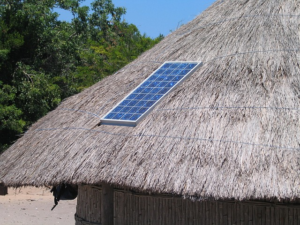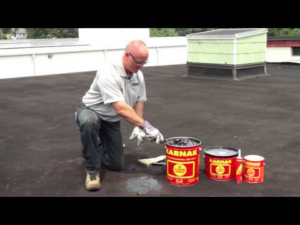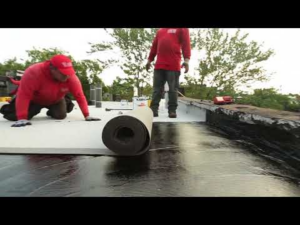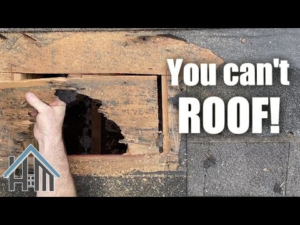
SOLAR energy comes to Earthlings in many ways. Ancient Persians used passive solar architecture. East Africans about the same time funneled cool ocean wind through tunnels to cool themselves.
Now at long last, solar energy is outpacing new fossil fuel and nuclear facilities on price, environmental safety, and speed of installation.
One use of solar that has not received enough attention is drying clothes with clotheslines or clothes racks. Before global warming and our climate crisis became a public concern, some local governments banned backyard clotheslines as community eyesores. Fortunately, 20 states have passed “Right to Dry Laws” that allow people to use this simple low-tech and appropriate technology to reduce fuel consumption.
A big booster of hang-drying your laundry is environmentalist Joe Wachunas from Portland, Oregon. Twenty years ago, while traveling as an exchange student in Italy, he learned that only three percent of Italian households owned a dryer. Italians, he noticed, dried their clothes on clotheslines, high-rise balconies, or in open windows catching sun and cross breezes.
Wachunas has competed against dryers, taking only eight minutes longer to hang up a load of clothes than it takes to load a dryer, (not to mention a trip to and from a laundromat). Also, by line-drying, he estimates a savings of $600 a year per family, and your air-dried materials will last longer and shrink less.
As you might think, the great majority of people in the U.S. use a clothes dryer. About 80 percent of Americans use dryers that gobble up more electricity in a household than other appliances (except for refrigerators). These folks will find moving to clean and green drying has many benefits.
Last March, Mary Marlowe Leverette wrote a piece on the “Top 10 Reasons to Line Dry Laundry.” You can save money, promote energy conservation, give your clothes more freshness, less wear and tear, increase your physical activity, help whiten and disinfect laundry, reduce fire risks (clothes dryer fires number around 15,000 structure fires, 15 deaths, and 400 injuries annually in the U.S. with property losses estimated at $99 million).
There is also the intangible value of peacefulness and harmony with nature when you spend some ten minutes to enjoy the weather. When the weather does not permit, indoor line drying increases humidity in a home during dry winter weather.
Finally, you feel you are making a small difference to protect the environment and set an example in your neighborhood or apartment building. Who knows what good things can spontaneously emerge while chatting with the neighbor or having backyard conversations, uninterrupted by iPhone distractions. The venerable clothesline makes common sense.
Also consider …….






